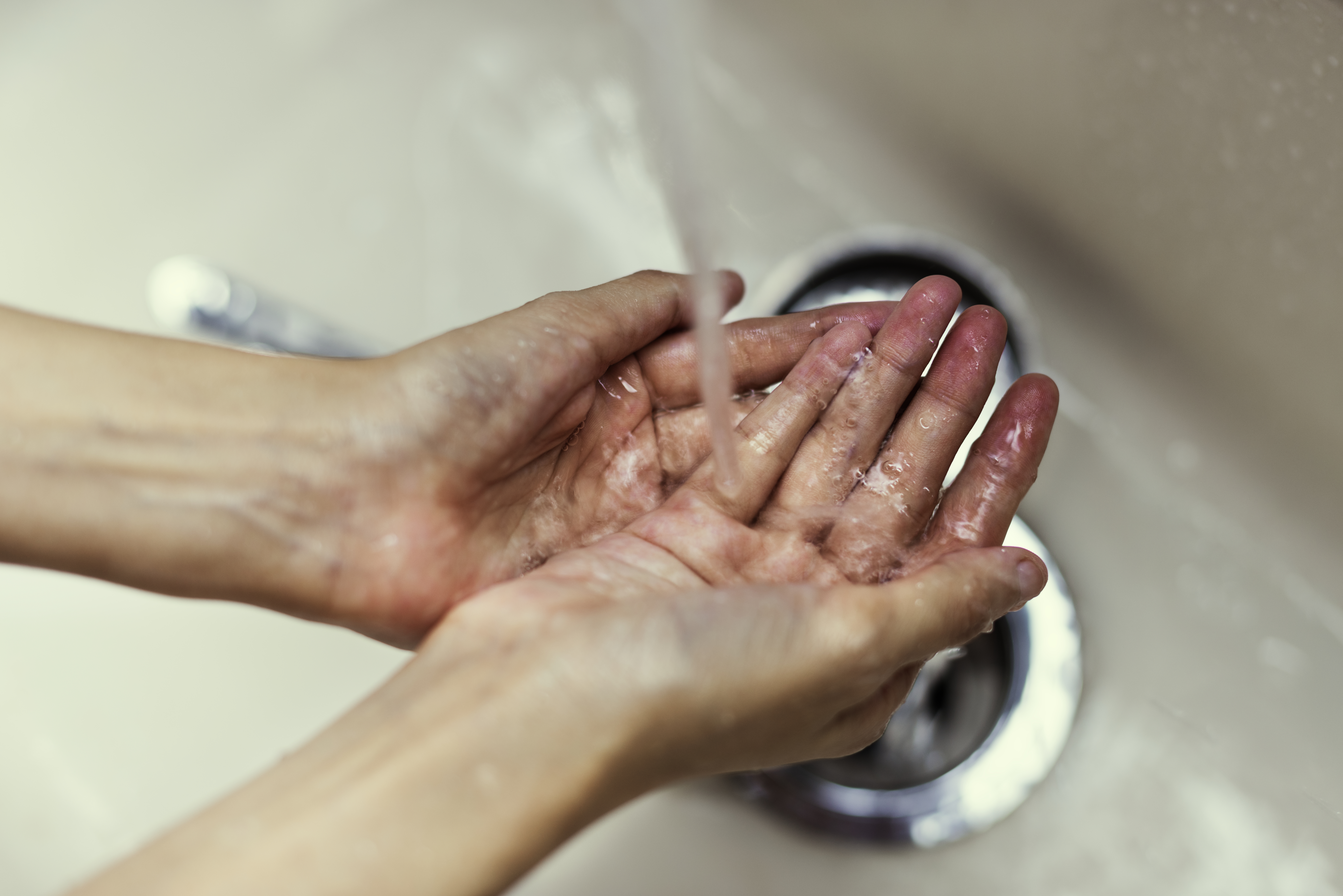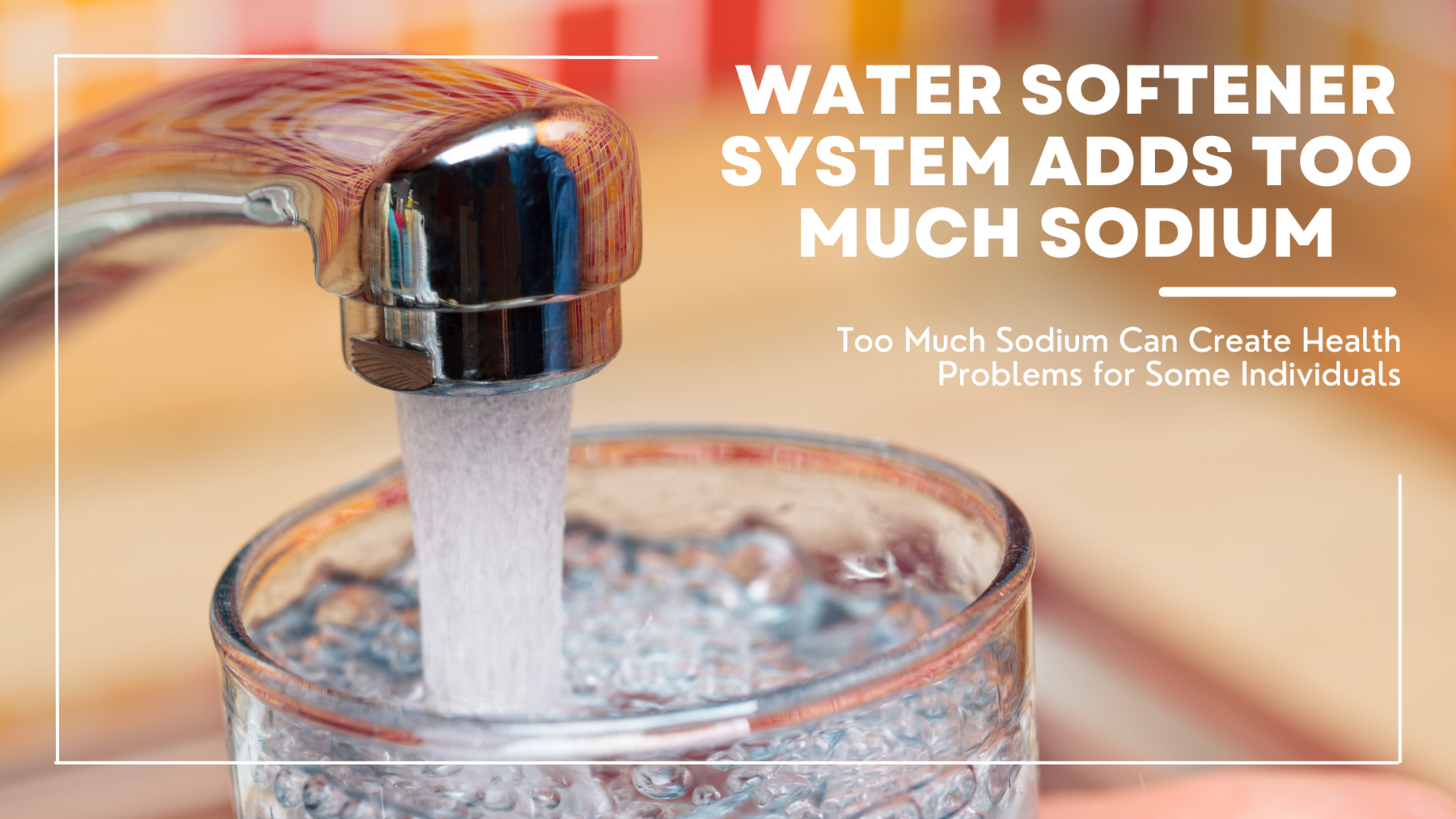Over the last few months, positive legionella cases have been at an all-time high, reporting cases almost daily in the medical press. The Center for Disease Control and Prevention (CDC) has taken precautions and closed multiple building due to the prolonged COVID-19 shut down causing a buildup in legionella amongst the water systems. Cases of legionella can be serious when it goes undetected – here is a look at a few real-life cases where legionella was unexpected or overlooked.
Unexpected Case #1
A case that was being investigated by Wellington Environmental involved a relatively new assisted living building that had remained occupied and active throughout the duration of COVID-19. In surprising news, the hot water heaters, that are less than 5 years old, displayed positive results for legionella in the water system.
This positive legionella test result became even more puzzling and unexpected once the remaining, older buildings on the retirement facilities campus delivered a negative result to legionella amongst the hot water heaters.
This mismatch of test results demonstrated that legionella could show up anywhere or anytime regardless of the facilities’ age. It boils down to how the water is being stored and being vigilant when it comes to monitoring temperature of the unit. Creating a consistent schedule to check the temperature and utilizing our Water Management Plan requirements will lead to legionella never being overlooked again.
Unexpected Case #2
It is imperative to test a university’s campus for legionella within the water system following extended duration of leave or inactivity. The test should be conducted prior to faculty, staff and students returning to the campus, which would allow ample time to secure the water is safe. You would certainly guess that the vacant dorm and educational buildings could be the expected locations for legionella to show up in the shower heads and hot water pipes.
This specific case on this University’s campus involved an administration building dating back to the early 1900s. With the reduced capacity in the building due to COVID-19, you could imagine this being the prime location for legionella to live. Once testing commenced, Wellington Environmental learned that all the campus dormitory units and the oldest buildings on campus, which were suspected to contain legionella, all had excellent water sample results. It was a newer, multi-story classroom building that tested positive for legionella.
The cold-water distribution system in the building was the culprit and required an increase in chlorine and extensive flushing to solve the problem. Of course, the Water Management Plan for the facility now calls for regular flushing of fixates to aid in keeping the system healthy for students and faculty.
Allow these unexpected cases to act as an example of how important regular testing and Water Management Plans truly are. You never know where legionella will present itself, so keep yourself and others safe by testing your water supply regularly.




